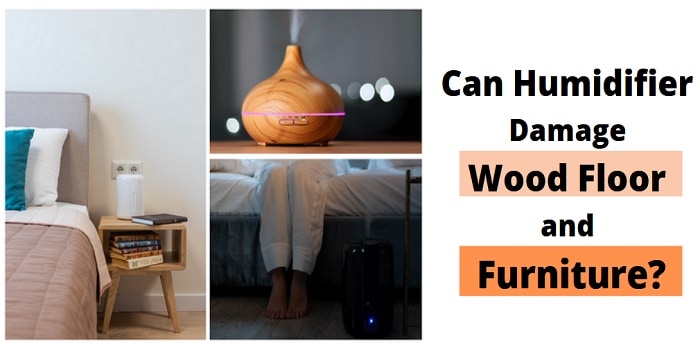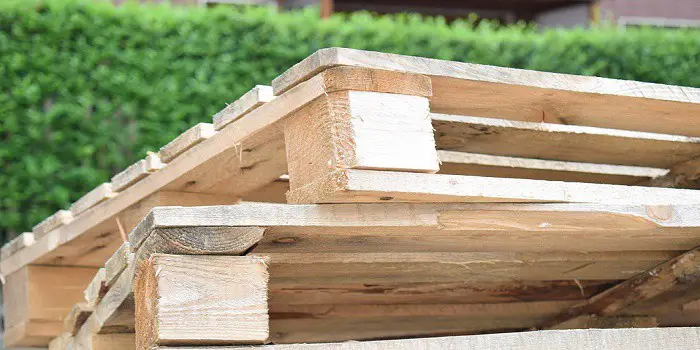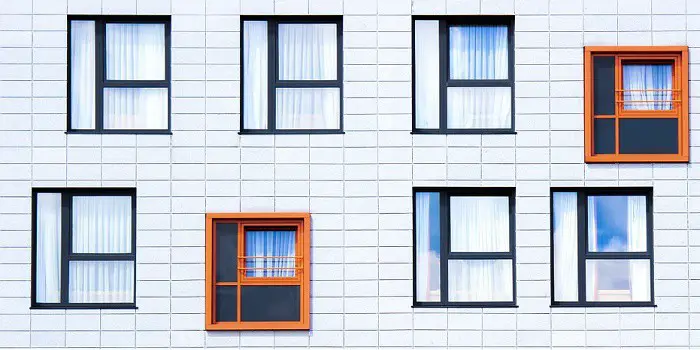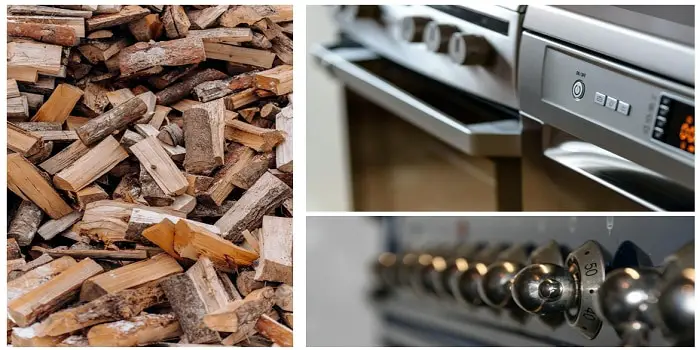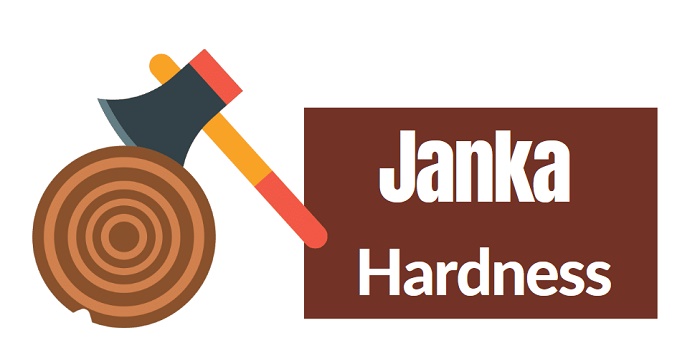
For those who want to choose the right hardwood for their homes, the Janka Hardness Scale offers a simple way to help you select the proper wood.
Knowing what the scale is, how it measures the hardness of the wood, and what that means will help you make the best-informed decision.
What is the Janka Hardness Scale?
Janka Hardness Scale is simply a scale that ranks species of wood, based on their hardness.
The hardness is determined by testing the amount of force necessary to implant a steel ball into a plank of wood.
The result is that the hardness, resistance, and durability of the wood are tested using this method.
The harder the wood, the more force is required to implant the steel ball. The softer the wood, the less force is necessary.
Hardness is an important consideration depending on where the wood will be installed as flooring in your home.
Put simply, the harder a block of wood is the more scratch and impact-resistant it is.
While you may think that the harder the wood is, the higher the price that is not necessarily true.
In fact, pricing is determined by the species of the wood and its availability.
This means that you might find suitable alternatives at a lower price that work just as well as higher-priced woods.
However, one downside to the Janka Hardness Rating is that it is based on the amount of force used to implant the ball.
That amount can be expressed in pounds, kilograms, or Newtons depending on where you live.
So, find out how the force is measured first so you know how to properly interpret the rating.
What is a Good Janka Hardness Rating?
Anything that is 1,000 pounds or greater is a good rating.
For industrial purposes, a rating of 1,200 pounds at least is preferable.
Before you purchase the hardest wood available, keep in mind that you should select the right one for the area in your home in which it is placed.
Another factor is that no matter the Janka rating, all flooring may be subject to dings, dents, and wear over time.
So, the Janka Hardness Rating should be just one of several factors in making your decision.
Entranceways and hallways normally have the highest wear and tear, so the highest rating is preferred in such locations.
For example, while Teak is rated at 1,000 pounds, maple is better because it is rated at 1,450 pounds.
Different Types of Wood with their Janka Hardness Rating
The first place to start is with wood that is rated at 1,000 pounds or less on the Janka Hardness Rating.
While many of these softer woods have a beautiful appearance, they are far more prone to scratches, dings, and dents compared to harder woods.
Some of the wood that falls into the softer category includes the following.
- American Cherry: 950
- Douglas Fir: 660
While both kinds of wood can be used for flooring, keep in mind that they should be in areas that get less traffic.
The more desirable hardwoods for flooring are rated from 1,000 to 2,000 on the scale. Such wood is strong and durable, but also flexible which makes it easier to install.
Most wood that is used for flooring falls into this category such as the following.
- Red Oak: 1,250
- Sugar Maple: 1,490
- Hickory: 1820
However, there are even harder woods out there that have a rating well above 2,000 pounds with some reaching above 3,000.
Such woods are perfect for high-traffic areas and are quite durable. However, they are also less flexible and much more difficult to install.
Such woods include the Brazilian cherry which is closer to 3,000 on the scale.
Sitting at the highest end of the scale is the Brazilian ebony with an astonishing rating of 3,692.
This species along with any woods over 3,000 may be extremely hard, but they are also subject to splintering and quite difficult to install.
Share the post "What Does Janka Hardness Rating Mean – Why It’s Important?"

Hi, I am Mark Garner a professional carpenter, woodworker, and DIY painter. I live in the small city of Peoria, Arizona as a semi-retired woodworker. I have started this blog with a simple motive to help you with my wood experience in this sector. If you like to know more about what I love doing and how it all got started, you can check more about me here.

